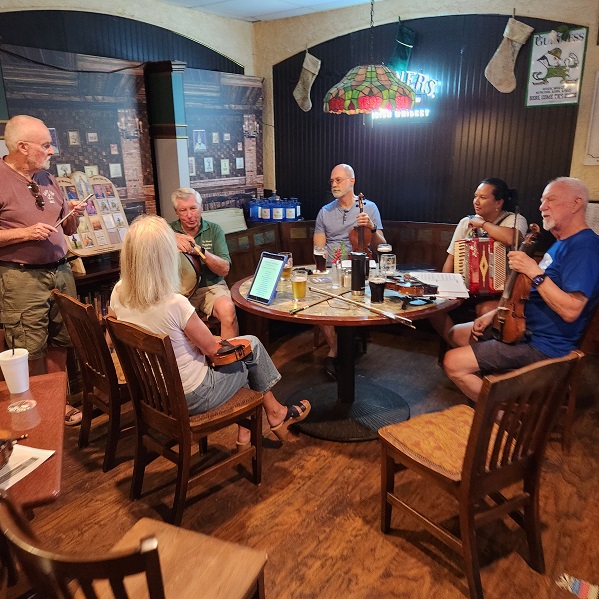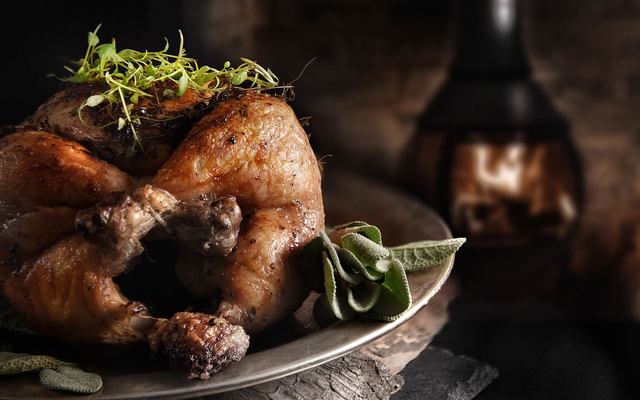Irish Seisiún Newsletter
Man of the Year
Now Scheduled for January 18th, 2026
Great News…Pat has been released from the hospital and is responding well to treatment.
He hopes to be with us in Florida in early December.
Anyone who has already purchased tickets can use them for this new date.
Let’s Have a Great Turnout
for this Great man

Join us for a BRUNCH celebration for Pat at
Tim finnegan’s Irish Pub at
2885 South federal Highway, Delray Beach
on January 18th at 11:00 AM
Please RSVP before Jan 12th.
Full Breakfast Buffett $30 P.P. (includes tip and tax), with drinks available for purchase.
The session players will be supplying some great music and good craic.
To purchase tickets contact:
Maureen Fallon (954) 319-4796
Rosemarie Vincent (561) 601-3746
in Sterling Village. where Pat has selflessly helped may of us, contact Tom Guldner (Tommy Mac) 850/312 (914) 329-8341
Let’s Have a Great Turnout
Session Players take note…..
New set to learn.
Click Players Button then
“This weeks set to learn”

This Week’s Session 2
November 23, 2025
Tom,
We had an awesome session today with lots of variety, a sprinkling of snowbirds back in town and the usual goofiness that ensues.
Welcome back, Carol and Bernie!
On fiddle were Anita, Pat, Bob, Art, Seamus, Jeff and Ronan. Bob and Seamus on Guitar, Bernie and Carol on whistles, Grace on Accordion and Tom on Bodhran.
Some of the tunes were: Down the Broom, Gatehouse Maid / the Sporting Paddy, Farewell to Connaught / O’Rourkes / Follow me down to Milltown, Donny Nolen’s / Banshee, Maid behind the Bar, Sligo Maid / Rights of Man, Honeysuckle Hornpipe, the Liverpool / Christmas Eve, Killavil reel, Boys of Ballisodare / Road to lisdoonvarna, Swallowtail jig, Tripping up the Stairs / the Butterfly, Snowy path / Ryan’s slip jig, Drops of Brandy, the Foxhunt / the Camaronion, Donegal reel, Miss Monaughan’s / Morrison’s / Charlie Harris’, Finnish Polka, Jessica’s / Father Kellys 1 and 2, Reddigan’s / Give me your hand / Paddy’s Return, the Kilfenora, Kilfenora 2 / Franks reel, Easy Club, Tommy Peoples / Jig of Slurs / lark in the Morning, Connaughtman’s Ramble to finish.
Bob Murphy
Click on any image to enlarge.
Find out what’s happening at Tim Finnegan;s this month.
Click here to view calendar
Click any of the above logos to go to that site
.
 “That’s How I Spell Ireland”
“That’s How I Spell Ireland”
Saturdays at 7 to 8 PM EST.
You can listen on 88.7FM or WRHU.org.
For a request please text me on 917 699-4768.Kevin and Joan Westley
Note: Show will be preempted whenever the NY Islanders have a Saturday game
![]()
Old Ireland
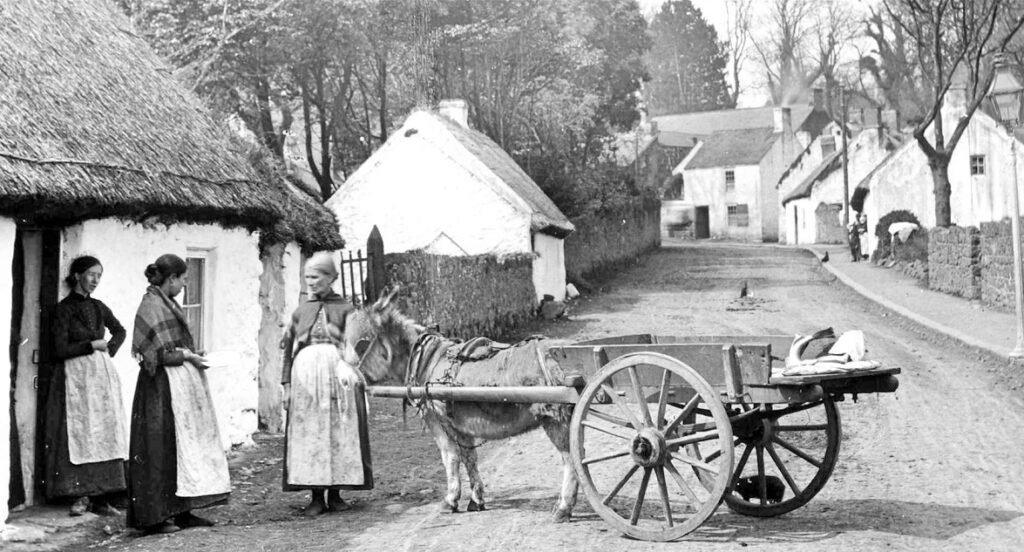
Woman with donkey and cart selling fish.
Inver village, Co Antrim. c1890s.
Mail Received

This from Art Jacoby
…..Amend City Code to Protect Boynton Beach’s Little Free Libraries….Click here to vote
This from Kevin Westley….. “The Peninsula Library will offer a virtual multi-media program called Christmas Time in Ireland. It is a virtual presentation on Tuesday December 9 at 11AM EST.
 It will include topics about the happiest time of the year in Ireland; such as, Why 25 December, Christmas in Killarney, Preparing for Christmas, Decorating with Holly & Ivy, Wren Day, Woman’s Christmas and many more. This program will be presented by Kevin Westley. He will sing or play songs for each topic by the artist that made the songs popular. There is no charge for this virtual presentation. Kevin broadcasts That’s How I Spell Ireland, Saturdays at 7PM, on WRHU.ORG & 88.7 FM.
It will include topics about the happiest time of the year in Ireland; such as, Why 25 December, Christmas in Killarney, Preparing for Christmas, Decorating with Holly & Ivy, Wren Day, Woman’s Christmas and many more. This program will be presented by Kevin Westley. He will sing or play songs for each topic by the artist that made the songs popular. There is no charge for this virtual presentation. Kevin broadcasts That’s How I Spell Ireland, Saturdays at 7PM, on WRHU.ORG & 88.7 FM.
Registration is not required. Click this link to join the Zoom meeting: https://us06web.zoom.us/j/7212073003?pwd=c1orTzlKSnY5aHpBK2JhRENJU1dDdz09
Travel in Ireland

|
FAVOURITE PLACES IN IRELAND
This week’s stop is The Burren in County Clare. We’ve made a few visits here before but the unique and otherworldly landscape here never fails to amaze us. The ancient rocky limestone formations are contrasted by the beautiful Spring flowers that grow sometimes right in between those rocks. Accompanied by this stirring instrumental piece, it makes for a truly memorable walk. Learn more about The Burren National Park here. |
*Originally published in December 2023. Updated in Oct 2025.
Irish Language
Submitted by our own Anita

Dia duit Tom. Conas ata tu?
An aimsir- the weather
Using the words “ta se” (it is) you can say everything about the weather. Here is a handy overview of Irish language (gaeilge) weather vocabulary with clear examples you can use in everyday conversation.
We have a mild, temperate climate with warm summers and mild winters, sometimes four seasons in one day! The weather is probably the opening line of every conversation with an irish person. Because Ireland’s weather has done more then sculpt our landscape, it’s shaped our very culture!
It is… ta se (thaw shay)….
Ta se ag cur baisti (thaw shae egg cur bawsthee) it is raining
Ta se ag cur sneachta (thaw shay egg cur shnachta) its is snowing
Ta se ag cur greine (egg cur gray-neh) the sun is shining
Ta se gaofar (gway-far) it is windy
Ta an aimsir go maith (thaw an am-shir guh maith) the weather is good
Slan agus beannacht.
Anita
Free Irish Classes
The classes are over zoom and are held at 12:00 eastern time the 1 st Sunday of every month.
It is basic conversational Irish and open to learners of all ages, especially beginners.
All are invited.
Hope to see you there!
slan go foill. Le dea ghui,
Anita
click here to register
Travel Quiz
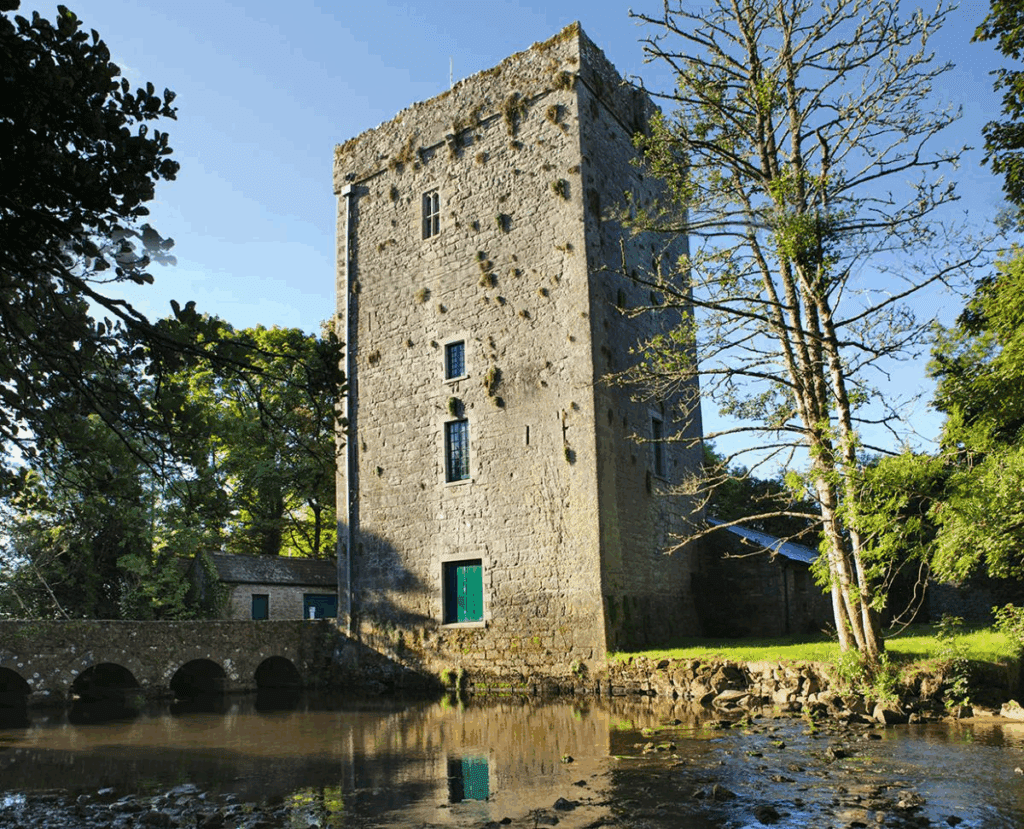 Can you identify this site
Can you identify this site
and its location in Ireland
Answer in Next Weeks Newsletter
Last weeks answer

The largest of the stones •
Beltany Stone Circle
This Week's Irish Recipe
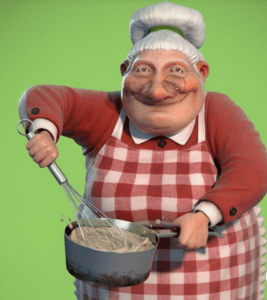
have to.
Poem of the Week
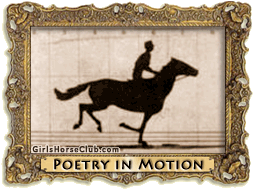
A Child Dancing In The Wind
by William Butler Yeats

Dance there upon the shore;
What need have you to care
For wind or water’s roar?
And tumble out your hair
That the salt drops have wet;
Being young you have not known
The fool’s triumph, nor yet
Love lost as soon as won,
Nor the best labourer dead
And all the sheaves to bind.
What need have you to dread
The monstrous crying of wind!

This is a poem contrasting the carefree innocence of youth with the burdens of adulthood.
It uses the image of a child dancing joyfully by the sea, unbothered by the wind, to represent an untainted state free from the sorrows of love, loss, and struggle that inevitably come with growing up.
The analysis focuses on the themes of youthful freedom versus adult sorrow, the preciousness of innocence, and the poem’s plea to embrace the present moment.
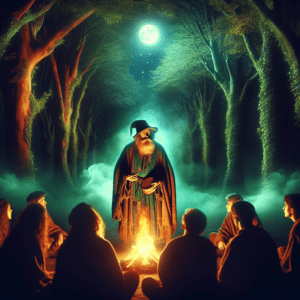
Stories and Tales
Puffins return to Isle of Muck following decades of conservation effort
Puffins were discovered nesting on the Northern Island seabird sanctuary this summer for the first time in 25 years, the result of an ambitious recovery project.
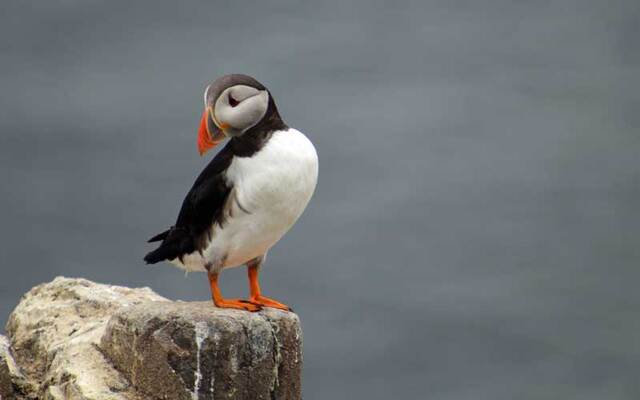
Puffins were discovered nesting on the Isle of Muck Nature Reserve, off Islandmagee, this summer for the first time in Ulster Wildlife’s 25-year history of managing this seabird sanctuary.
The discovery, made during routine surveys, marks a major milestone in the recovery of one of Northern Ireland’s most iconic and vulnerable seabirds.
The comeback is the result of an ambitious seabird recovery project, launched by the local nature conservation charity in 2017, to remove invasive brown rats from the tiny island – the biggest threat to seabird eggs and chicks. A programme of winter grazing has also been implemented to keep vegetation low to reduce cover for the rats.
Rats are a major issue for many seabird islands across the UK, and similar eradication projects elsewhere have proved vital in protecting breeding sites and helping seabirds bounce back.
Signs of recovery at the Isle of Muck Nature Reserve were visible fairly early on. Annual surveys began to record steady increases in eider ducks, guillemots, herring gulls and lesser-backed gulls on and around the island, year on year.
 But the real breakthrough came in 2024, when five puffins were spotted prospecting the island. Then, this summer, to the charity’s delight, two puffins were caught on camera coming out of a nesting burrow on the grassy cliff ledges – a positive sign that the birds are breeding.
But the real breakthrough came in 2024, when five puffins were spotted prospecting the island. Then, this summer, to the charity’s delight, two puffins were caught on camera coming out of a nesting burrow on the grassy cliff ledges – a positive sign that the birds are breeding.
Andy Crory, Nature Reserves Manager with Ulster Wildlife, said:
“For decades, there had been whispers that puffins once bred on the Isle of Muck, a story that felt more like folklore than fact. But now, thanks to years of hard work creating a safe haven for thousands of seabirds, that myth is becoming a reality.
“Seabirds face immense challenges globally, with 24 of the 25 breeding species at risk of local or global extinction. So, while a handful of puffins on a tiny island may seem small, this moment is huge – it proves that seabird restoration works.
“Our hope is that the Isle of Muck will become a thriving stronghold for puffins and, in time, tempt back other lost species like the Manx shearwater. For now, we’re waiting with great excitement to see if the first ‘pufflings’ – baby puffins – appear on the cliffs next summer. That truly would be the icing on the cake.”
The ongoing rat eradication programme and species monitoring at the Isle of Muck Nature Reserve is funded by DAERA via the Carrier Bag Levy.
The Isle of Muck Nature Reserve is not accessible to the public, and crossing the tidal tombolo when it becomes visible at low tide is extremely dangerous. Ulster Wildlife is urging people to keep away and admire the island from a safe distance to give the returning puffins the best possible chance to settle and breed successfully next summer.
To find out more about the Isle of Muck Nature Reserve, click here.
.
LISTEN: A Hidden Heartlands history hike with Athlone’s Vincent Harney
On this new episode of the Irish Stew Podcast, guest Vincent Harney reminds us that “the history of Ireland is here in Athlone.”

Despite the “Off the Beaten Craic” theme to the current Irish Stew Podcast series, on this episode, hosts Martin Nutty and John Lee follow the well-worn track of history that flows through Athlone like the broad River Shannon.
Their guide is the affable Vincent Harney of Athlone Guided Tours, a well-researched, perceptive storyteller who peels back the layers of the Athlone story from atop Athlone Castle, while crossing the Shannon, and as they trod the ancient streets back into the very heart of Irish history.
Along with local history, Vincent shares his story of growing up in a big farm family in nearby Cornafulla, the post office his parents operated, his own time as postmaster, and lessons learned working the family farm.
“In the post office, I loved hearing the old people’s stories and hearing about their history. And we would know the history of the fields around us, like the one field given away for a loaf of bread during the famine,” Vincent recalls.
Inspired by those stories, Vincent started a new career leading historical walking tours to share how Athlone’s origins as a river ford placed it at the crossroads of Irish history, how Norman and Cromwellian armies both marched over its first timber bridge, about the accommodation built into the stone bridge for the gentry’s sail boats, and why the railway bridge was considered an engineering marvel of its day.
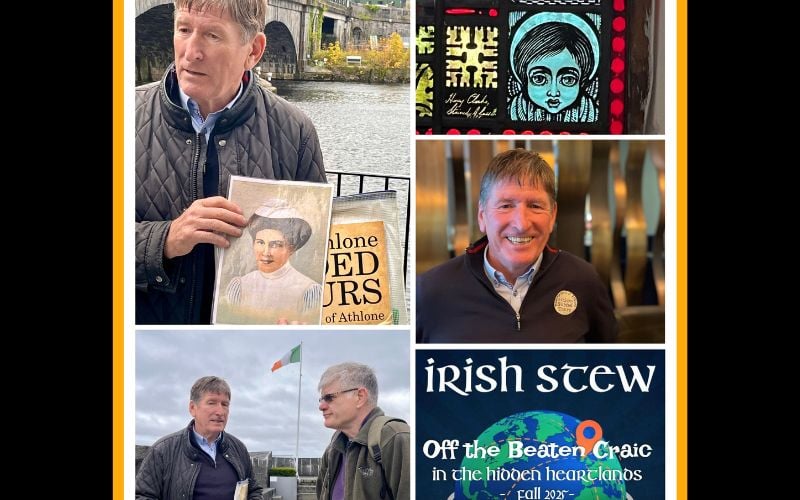
Vincent reveals Athlone’s surprising connections to the Titanic disaster with the sad tale of the ill-fated passenger Margaret Rice, whose body could only be identified by the shoes she wore, purchased from the venerable Parsons of Athlone in the red brick building that still stands today at the corner of Custume Place and Northgate Street.
Vincent spins a happier tale about Athlone native John McCormack, tracing the singer’s unlikely rise from a working-class family to global fame as one of the greatest tenors of all time.
Next week, Irish Stew talks organic farming and agritourism in Offaly with Margaret Edgill of Mt. Briscoe Farm and Pippa Hackett, former Minister of State at the Department of Agriculture, Food and the Marine.
You can listen to Vincent Hearne on the Irish Stew Podcast here:
For more information, visit IrishStewPodcast.com. You can listen to “The Irish Stew Podcast” wherever you get your podcasts.
The top movies filmed along Ireland’s Wild Atlantic Way
From Hollywood blockbusters to captivating on-screen romances, IrishCentral takes you through some of the biggest movies to feature Ireland’s renowned Wild Atlantic Way.
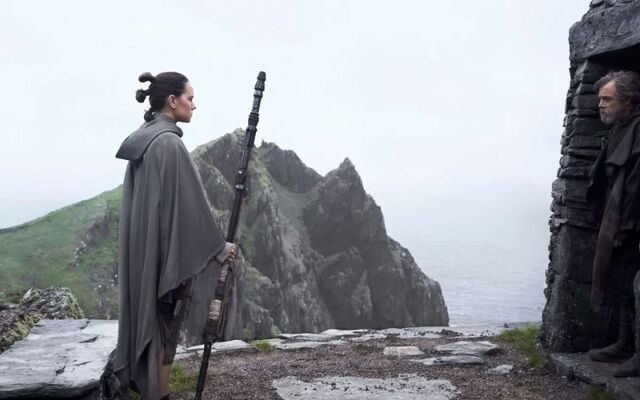
Weaving through nine counties and three provinces, Ireland’s raw yet magnificent Wild Atlantic Way is full of scenic gems and idyllic settings.
The 2,500km stretch of rugged coastline is the world’s longest coastal touring route and its spectacular scenery has provided the backdrop to some of cinema’s most enduring moments.
From Hollywood blockbusters to captivating on-screen romances, we take you through some of the biggest movies to feature Ireland’s renowned Wild Atlantic Way.
Star Wars: The Force Awakens and The Last Jedi
It was a real stamp of approval that one of cinema’s greatest ever franchises would seek out Skellig Michael Island off the County Kerry coast as a key location.
The strange, isolated landscape lends itself perfectly to the iconic “Star Wars” series, becoming a temple for the Jedi and the location for Luke Skywalker to train the mysterious Rey in the ways of the Force.

Both movie production sets spent significant time filming in Ireland once Lucasfilm realized that the emerald isle was the perfect setting for a long time ago in a galaxy far, far away. Malin Head in County Donegal, Ireland’s most northerly point features in the second installment to represent the planet Ahch-to.
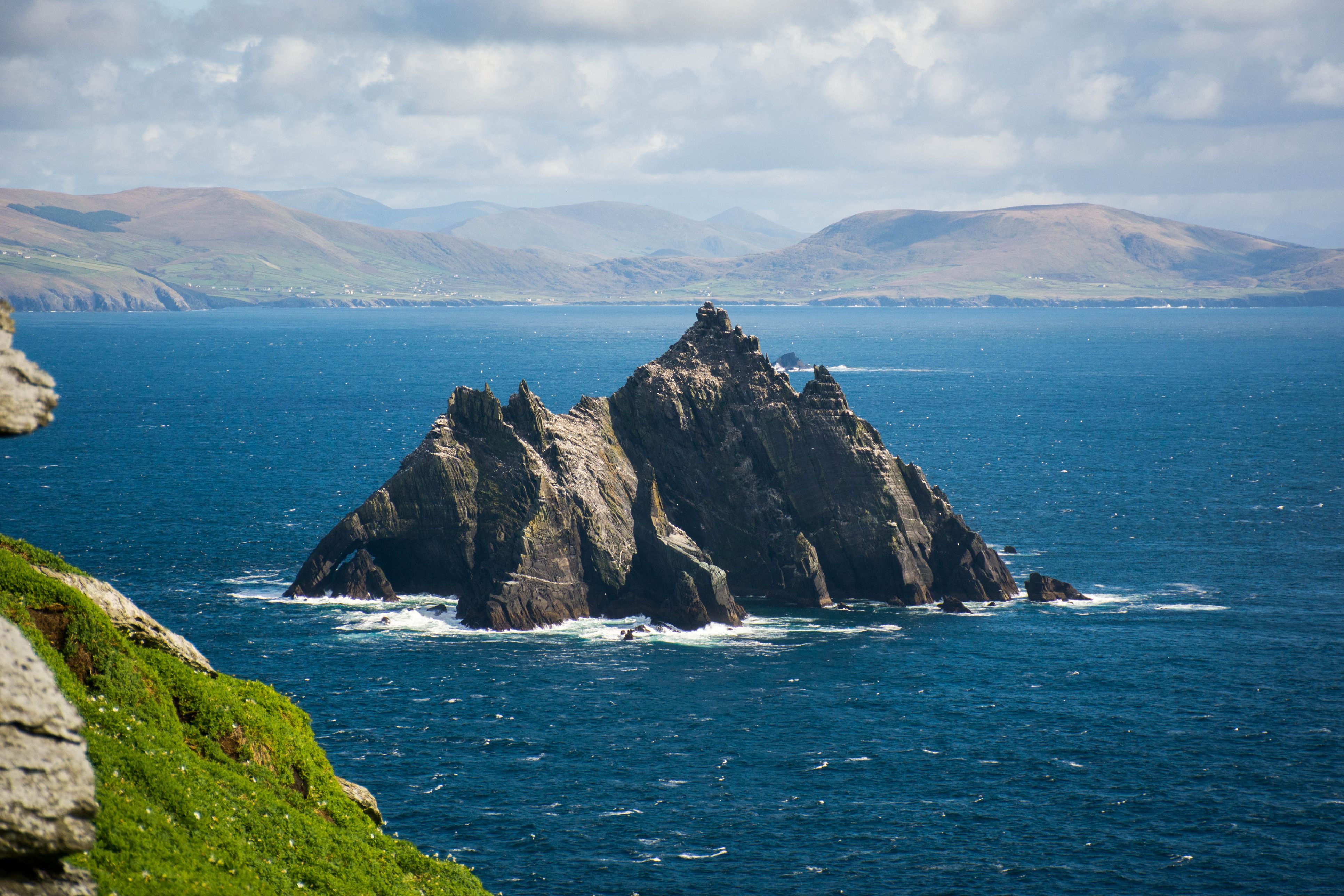
Harry Potter and The Half-Blood Prince
Running five miles long, the towering Cliffs of Moher in County Clare are Ireland’s most visited natural attraction, and for good reason. Their impressive scale and size were used for a pivotal scene featuring the boy wizard and Professor Dumbledore in the penultimate “Harry Potter” film.
Harry and Dumbledore appear standing on a rock that is moving towards a sea cave in the face of a towering cliff. Through the miracle of modern technology, the rock in the sequence is actually Lemon Rock, off the Iveragh Peninsula in County Kerry over 150 kilometers to the south of the Cliffs of Moher.
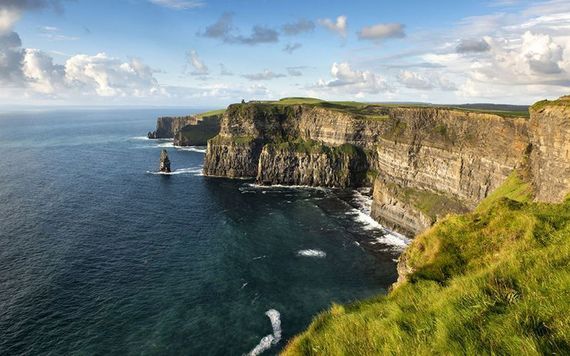
The Quiet Man
The 1952 classic featuring John Wayne and Maureen O’Hara gave many worldwide audiences a first glimpse of the Emerald Isle.
Among the wild and green countryside, it portrays one of the most quintessential screen romances of all time between Wayne’s Irish-born American character, who travels to Ireland to reclaim his family’s farm in Innisfree and O’Hara’s feisty Irish cailín.
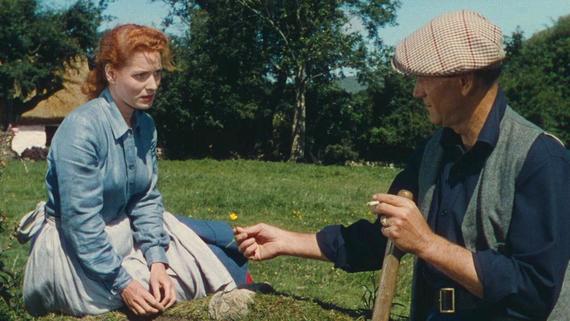
Scooping an Oscar for Best Director, John Ford’s depiction of County Mayo’s resplendent scenery and rolling hills have drawn movie lovers to this part of the Bay Coast since its 1952 release.
Ryan’s Daughter
Winner of two academy awards, this David Lean-directed epic romantic drama starred Robert Mitchum and was filmed along the striking Dingle Peninsula, including the famous opening scene on Inch Strand.
The film, set in August 1917 – January 1918, tells the story of a married Irish woman who has an affair with a British officer during World War I, despite moral and political opposition from her nationalist neighbors.
Locals from the town of Dunquin were happily hired as film extras and visitors have flocked to this corner of County Kerry ever since to see just where so many scenes were shot. The same idyllic locations were also used over 30 years later for the Tom Cruise/Nicole Kidman film “Far and Away”.
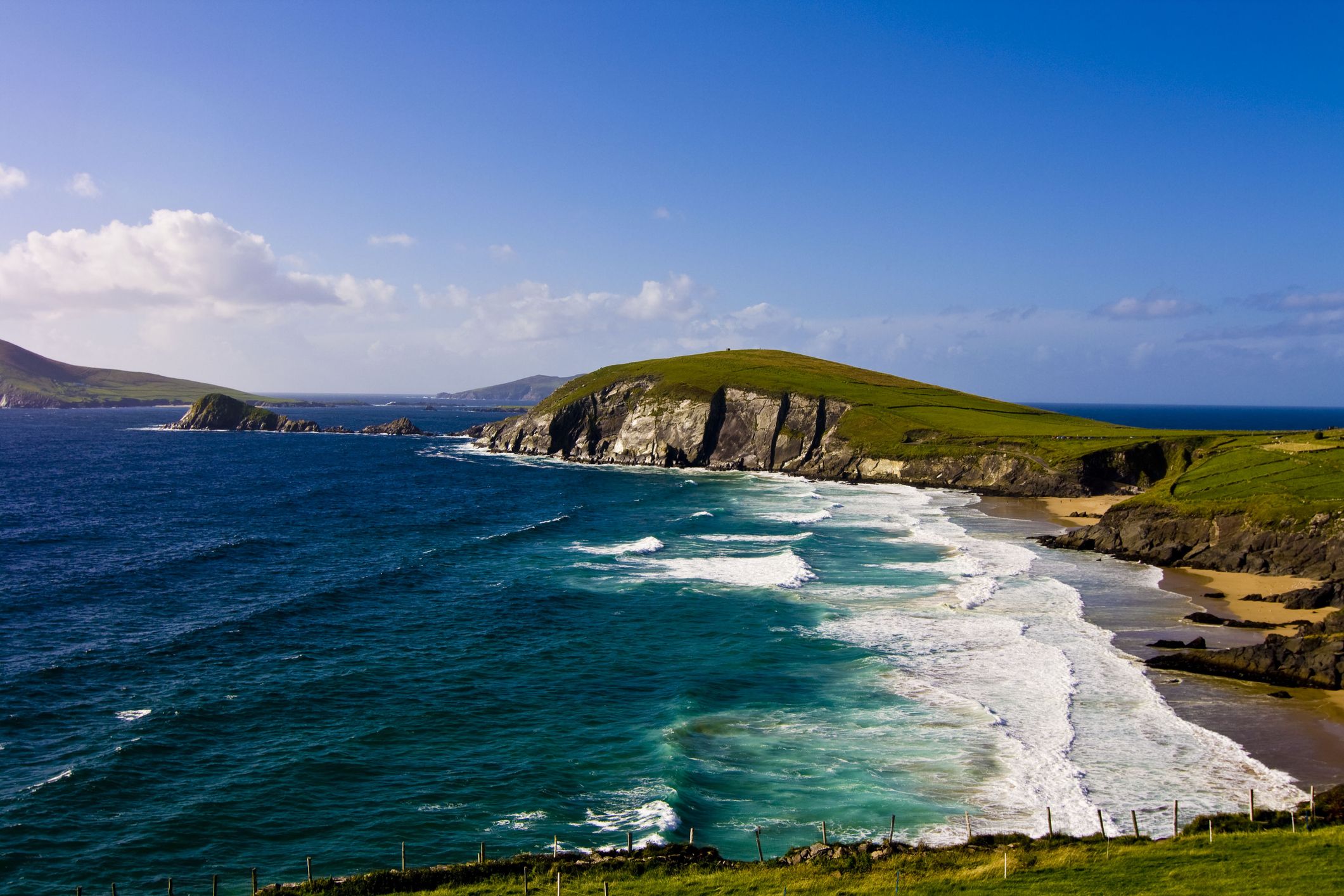
The Field
The 1990 adaptation from John B. Keane’s acclaimed play, directed by Jim Sheridan and starring the legendary Richard Harris as “Bull” McCabe and John Hurt as rich American, Tom Berenger,
Set in the early 1930s in a very underdeveloped region of rural Ireland, it tells the tale of a rich outsider with visions of building a factory on a site that “Bull” believes to be rightfully his.
When Berenger outbids him for the land, “Bull” then schemes with his emotionally crippled son, Tadgh (Sean Bean), to hold on to the land – his only consolation in a life of loss, toil, and a marriage gone sour.
Harris received Academy Award and Golden Globe nominations for his performance in this stark and powerful portrayal of conflict and pride.
The coveted land featured in the film can be found in Leenane and Ashleigh in County Galway.
* Originally published in 2019, updated in Jan 2024.
News From Ireland

Teabags, crisps, and chocolate can no longer be mailed from Ireland to US, An Post says
Ireland’s postal service has issued updates about sending goods to the US following the suspension of the de minimis tariff exemptions.
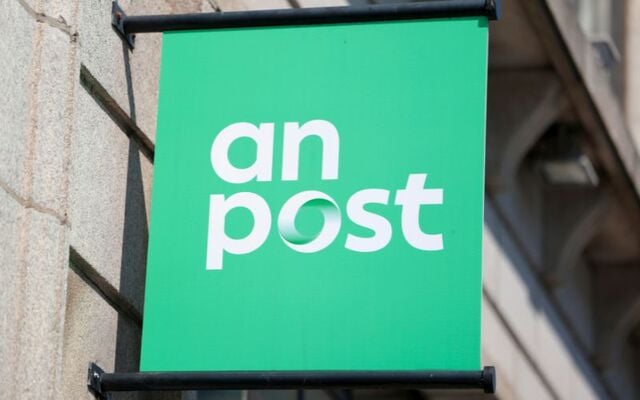
An Post, Ireland’s state-owned postal service, has issued an advisory for people in Ireland planning to send mail and goods to the US.
“There are some food items which cannot currently be accepted into the USA, including teabags, crisps and chocolate,” An Post says on its webpage about sending items to the US.
“Declarations with these items listed could be stopped and returned.”
Post offices in Ireland have taken to social media to advise customers about the changes.
Unfortunately due to restrictions imposed by the US Government it will no longer be possible for us to accept teabags,…
Posted by Mallow Post Office on Thursday, October 30, 2025
Newmarket Post Office, also in Co Cork, posted a similar advisory.
Posting to the U.S.A? Due to new U.S import regulations NO FOOD items can be sent !! This includes: Teabags Chocolate Crisps Biscuits/Sweets
Posted by Newmarket Post Office on Wednesday, November 5, 2025
Meanwhile, An Post has explained how it is responding to the suspension of the de minimis tariff exemptions in the US.
In July, US President Donald Trump signed an Executive Order suspending duty-free de minimis tariff exemptions for low-value shipments from all countries, including Ireland.
Under the de minimis treatment, imported goods valued at or under $800 were exempt from tariff duties.
As per Trump’s directive, as of August 29, all parcels originating in Europe and containing goods must have taxes paid on those goods before they can enter the US.
An Post noted that the only exceptions to this new ruling are traditional letters, documents, and parcels containing gifts valued at less than €85/USD$100. An Post later said that only books that are deemed “purely educational” are exempt from tariffs.
In the wake of the changes, An Post said: “While some other European posts are turning off destination USA for a period of time, An Post has worked on a solution to allow goods to continue to travel and taxes to be collected by the recipient in the USA.”
Senders of eCommerce goods and gifts over USD$100 must now provide the recipient’s email so an An Post International Logistics Partner can contact the US recipient and request payment of taxes, along with an administration fee.
A time frame of five calendar days applies for the customer to pay, An Post says.
Once paid, the eCommerce parcel will be delivered to the USA. If not paid, the item will be returned to the sending customer. No credit will be due to the sending customer in this instance.
Irish American soccer player gets surprise call-up for Ireland’s national team
Irish American Kevin O’Toole has been named to the Republic of Ireland squad for its upcoming matches against Portugal and Hungary.

Kevin O’Toole received his first senior international call-up on Thursday when he was named to the Republic of Ireland’s squad for its upcoming international matches against Portugal and Hungary.
O’Toole, currently a New York City FC defender, qualifies for the Ireland team through his Dublin-born grandfather.
The New Jersey native only recently received international clearance to represent the Boys in Green.
The Republic of Ireland plays Portugal on November 13 at Dublin’s Aviva Stadium, followed by a match against Hungary at Budapest’s Puskas Arena on November 16.
O’Toole has a strong family connection to Irish domestic football, with his sister Jillian currently playing for Treaty United in the SSE Airtricity Women’s Premier Division.
On Thursday, O’Toole received a warm congratulations from NYCFC:
“We’ve been watching him”
Speaking about the squad on Thursday, Hallgrímsson said: “A new one is Kevin O’Toole, not been called up before.
“He’s playing in a position that we don’t have a lot of depth in.
“We are missing, obviously, Robbie Brady; Ryan Manning is suspended. Callum O’Dowda [is] injured; Josh Honohan has been struggling with fitness in his groin, so Rovers are playing safely with him, not playing him all the time. I guess he will play the [FAI] Cup final, but struggling with injuries, otherwise he would be in our squad.
“We’ve been watching him, so it’s a good time to call him in, especially because of our situation.”
When asked about integrating a new player into the squad before two huge matches, Hallgrímsson said: “It’s just the situation we have. We’re lacking depth in this position.
“Like I’ve said, I have watched Kevin O’Toole play. I know he is a good player. He has been playing and starting all games for New York City FC for about three seasons now, so he’s experienced.
“He is 26. It’s not like he is a young player we are testing. He has quality. It’s just the situation.”
Hallgrímsson went on to say that O’Toole “showed a lot of interest in playing for Ireland since I came.”
Hallgrímsson said there were plans to have O’Toole attend the team’s camp in May, but the player didn’t have his clearance yet.
“It was in process,” Hallgrímsson said, “it’s been in process for a long time.”
Republic of Ireland Squad – Portugal/Hungary
Goalkeepers: Caoimhin Kelleher (Brentford), Gavin Bazunu (Southampton), Mark Travers (Everton)
Defenders: Seamus Coleman (Everton), Nathan Collins (Brentford), Dara O’Shea (Ipswich Town), Jake O’Brien (Everton), Jimmy Dunne (Queens Park Rangers), Liam Scales (Celtic), John Egan (Hull City), Ryan Manning (Southampton)*, Kevin O’Toole (New York City)
Midfielders: Josh Cullen (Burnley), Jayson Molumby (West Bromwich Albion)*, Finn Azaz (Southampton), Conor Coventry (Charlton Athletic), Jack Taylor (Ipswich Town), Mark Sykes (Bristol City), Andrew Moran (LAFC)
Attackers: Evan Ferguson (AS Roma), Troy Parrott (AZ Alkmaar), Adam Idah (Swansea City FC), Mikey Johnston (West Bromwich Albion), Chiedozie Ogbene (Sheffield United), Festy Ebosele (İstanbul Başakşehir).
‘Inspirational’ cancer survivor from Cork is eyeing up her 80th marathon
Cork woman Ann O’Neill has gone viral for her inspiring story shared after she completed the 2025 New York City Marathon.
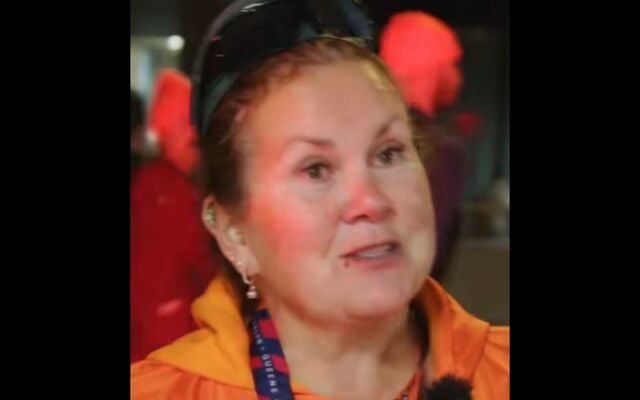
Ann O’Neill, who hails from Youghal in Co Cork, has gone viral, with many deeming her ‘inspirational’ as she sets her sights on her 80th marathon.
The mum-of-three completed the TCS New York City Marathon on November 2, revealing it was her third marathon in 2025.
Now, she’s eyeing up Japan for the milestone 80th.
@theline_show We interviewed this Irish woman at the New York marathon who ran 79 marathons. Give her the encouragement to step over the 100th Line 👇 #marathon #irish #nyc #running #humanstories ♬ son original – 🌅🤍🫶🏻
Speaking to Cork Beo, Ann revealed she used to be a full-time mum for her three children – Garry, Daniel, and Niamh – but after they grew up, she decided to follow her dream of doing children’s nursing.
She went to college at UCC as a mature student, but a shock breast cancer diagnosis towards the end of her degree changed everything.
It was shortly after her 50th birthday, and after a routine screening, Ann found out she had breast cancer.
“I had felt no symptoms at all,” she said. “To be honest, the worst part of it was we had just buried by brother from cancer six weeks earlier. I was worried about how my mum would take it.”
Now based in London, Ann regularly flies home to Cork, where she undergoes routine check-ups.
“I’m lucky in that treatment was very successful in my case. I had surgery, chemo, and radiotherapy,” she said.
Ann’s treatment took around one year, and she was finally able to start her internship thereafter. The mum-of-three graduated in 2020, and went on to work in both the CUH and the Bon Secours Hospital, which she jokes was “definitely a baptism of fire.”
“Ladies and gentlemen, I think we found our future president of Ireland for 2032,” one TikTok user wrote, as another said: “What a legend, I hope she knows how amazing she is.”
*This article was originally published on Evoke.ie.

Jokes
Did you know?
Copper wire was invented by two Scotsmen
pulling on a penny.
Funnies From My Wife



Church Bloopers


Times when you might be excused for using foul language

Funny Statue Photos

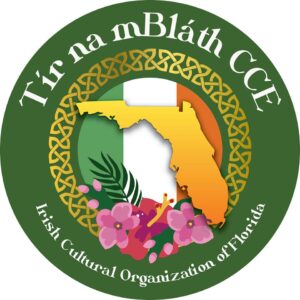
Welcome to
Tír na mBláth
Tír na mBláth is one of hundreds of branches throughout the world of Comhaltas Ceoltóirí Éireann (CCÉ) pronounced “kol-tus kyol-tori air-in“, the largest group involved in the preservation of Irish music, dance and song.
Our board and membership is made up of Irish, Irish descendants, and all those who support, celebrate and take pride in the preservation of Irish culture.
We also aim to promote good will and citizenship.
Interested in belonging to Tír na mBláth? Feel free to download our membership form
Facebook page is at Tír na mBláth
Our meetings and several events are held at Tim Finnegan’s Irish Pub in Delray Beach Florida.
Well, that's it for this week.
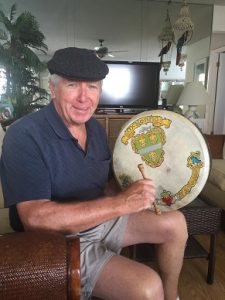
Number of visitors to this website since Sept 2022
